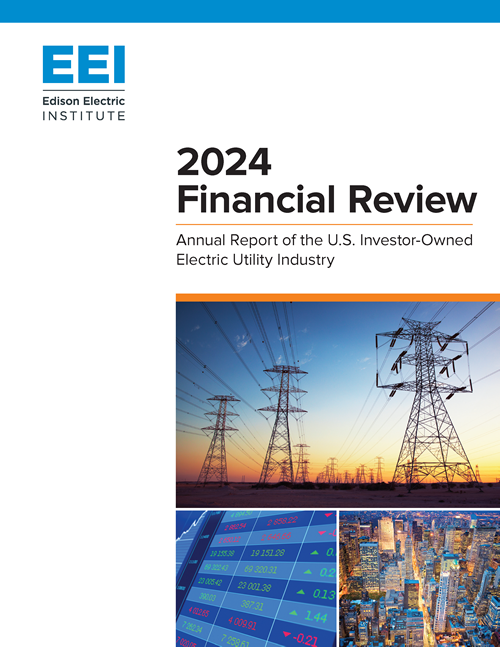Issues & policy
Financial Review

Electric Company Industry Financial Data and Analysis
EEI's Financial Analysis group tracks and analyzes a wide range of industry financial metrics covering the U.S. investor-owned electric companies. These companies include electric holding companies whose stocks are traded on major U.S. stock exchanges and other U.S. electric subsidiaries of non-utility or foreign companies.
Capital Expenditures
EEI Industry Capital Expenditures with Functional Detail (September 2025)
Strengthening America’s Energy Infrastructure
Adaptation, Hardening, and Resilience (AHR)
Quarterly Financial Updates